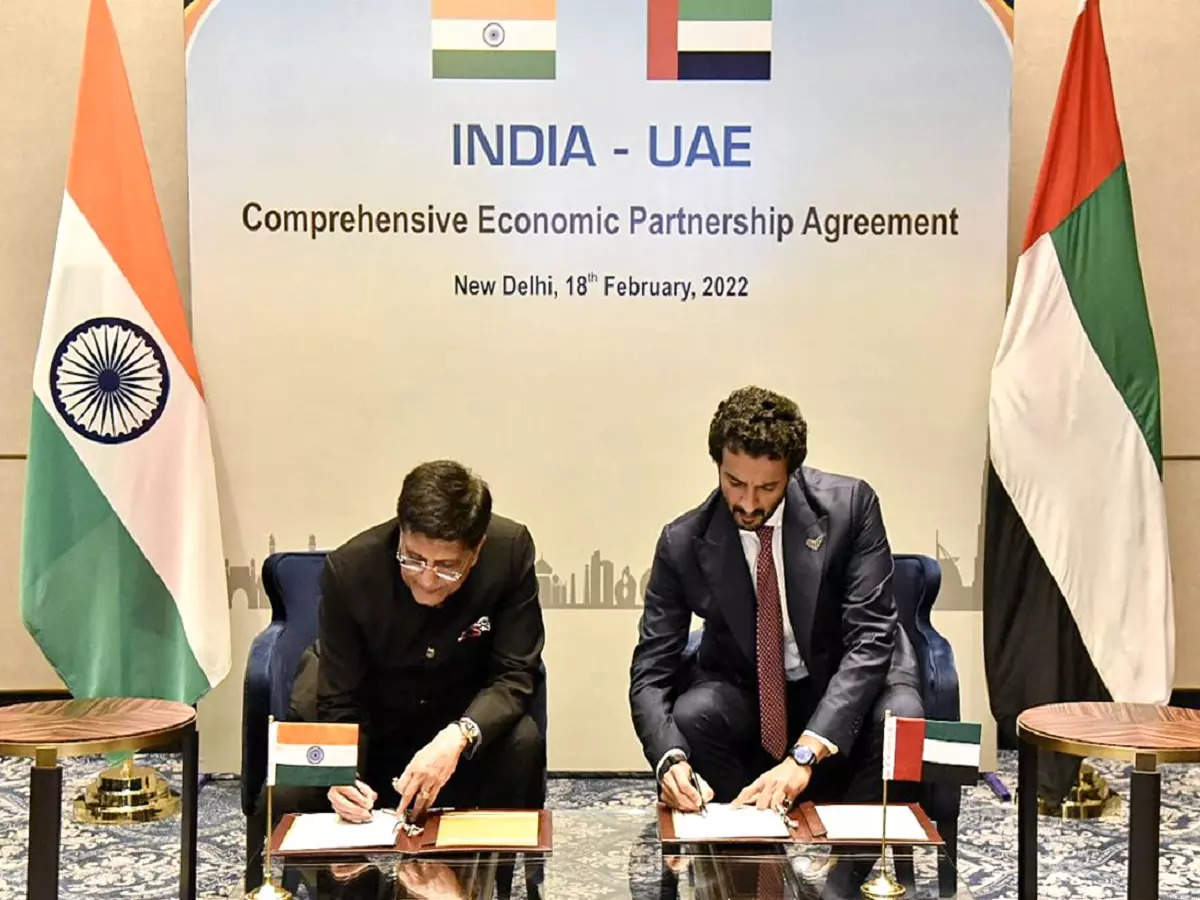Eye on Emirati Flows
Context:
The recent agreement between the Reserve Bank of India (RBI) and the Central Bank of the UAE to establish a rupee-dirham settlement system has potential risks and benefits. This move aims to promote the bilateral use of the Indian rupee and UAE dirham for cross-border transactions, reducing reliance on the U.S. dollar as an intermediary. The establishment of a Local Currency Settlement System between the two countries could lead to a rupee-dirham foreign exchange market, easing trade and encouraging business growth.
Relevance:
GS – 2 (Government Policies & Interventions) (Effect of Policies & Politics of Countries on India’s Interests) GS – 3 (Growth & Development) (Role of External State & Non-State Actors)
Prelims:
- Vostro Account
Mains Question:
- Explain the significance of the India-UAE local currency settlement system in reducing dependency on third-country currencies and its impact on trade and business. (150 words)
Dimensions of the Article:
- Reducing Dependency on Third-Country Currencies
- Development of Rupee-Dirham Foreign Exchange Market
- Precursor for Internationalization of the Rupee
- How it benefits India
Reducing Dependency on Third-Country Currencies
- The Memorandum of Understanding between RBI and UAE’s Central Bank paves the way for settling current account payments using either the rupee or the dirham.
- By facilitating local currency settlements, the system aims to minimize reliance on the U.S. dollar as a mediator for trade transactions.
- This measure could potentially shield businesses from exchange rate risks, thus enhancing the ease of doing business and promoting bilateral trade.
Development of Rupee-Dirham Foreign Exchange Market
- The establishment of the settlement mechanism could lead to the creation of a dedicated market for trading the Indian rupee and the UAE dirham.
- Such a market would allow pricing of these currencies independent of their exchange rates with other major currencies like the dollar and euro.
- Indian and Emirati businesses would benefit from not factoring exchange rate fluctuations when conducting cross-border transactions, promoting trade stability.
Precursor for Internationalization of the Rupee
- The India-UAE local currency settlement system sets a precedent for potential bilateral currency agreements in the future.
- According to an RBI Inter-Departmental Group, this step could be vital for advancing the internationalization of the Indian rupee on a global scale.
- However, the success of this initiative hinges on the level of adoption by businesses in both nations and their willingness to embrace this currency settlement system.
How it benefits India:
The India-UAE local currency settlement system offers several benefits to India, which can positively impact its economy and trade relations. Here are some ways in which India stands to gain from this initiative:
- Reduced Dependency on Third-Country Currencies: This reduces the vulnerability of the Indian economy to fluctuations in the value of the dollar, which can have significant implications for import and export costs.
- Exchange Rate Stability: This stability in exchange rates allows Indian businesses to quote prices for goods and services in a more predictable manner, mitigating the risks associated with fluctuating exchange rates.
- Boost to Bilateral Trade: With the option to settle transactions in local currencies, trade between India and the UAE can become more seamless and efficient. Businesses on both sides can avoid the need to convert their currencies, eliminating extra costs and potential delays in payments.
- Attraction of Foreign Investment: The availability of local currency settlement can attract foreign investment into India. Emirati businesses may find it more appealing to invest in India if they can use the rupee for their transactions.
- Strengthening the Rupee’s International Position: As the India-UAE local currency settlement system acts as a precursor for potential bilateral currency accords, it can contribute to the internationalization of the Indian rupee.
- Enhanced Economic Ties: Closer economic cooperation can lead to collaborations in various sectors, including infrastructure, energy, and technology, further boosting India’s economic growth.
- Strategic Regional Hub: As the UAE potentially serves as a currency entrepôt for Indian businesses engaged in transactions with other countries, India gains a strategic regional hub. This could lead to increased access to markets in West Asia, Europe, and Africa, opening up new business opportunities and diversifying India’s trade partners.
Conclusion:
The India-UAE local currency settlement system paves way in reducing reliance on third-country currencies for cross-border transactions. However, its success depends on active adoption by businesses in both India and the UAE. Policymakers and the stakeholders must carefully navigate the risks and opportunities associated with this move. The establishment of a rupee-dirham foreign exchange market and the potential internationalization of the Indian rupee underscore the importance of this initiative in a rapidly evolving global economic landscape. Embracing the complexities, India and the UAE have an opportunity to strengthen their economic ties and boost trade relations, leading to mutual prosperity in the long run.





